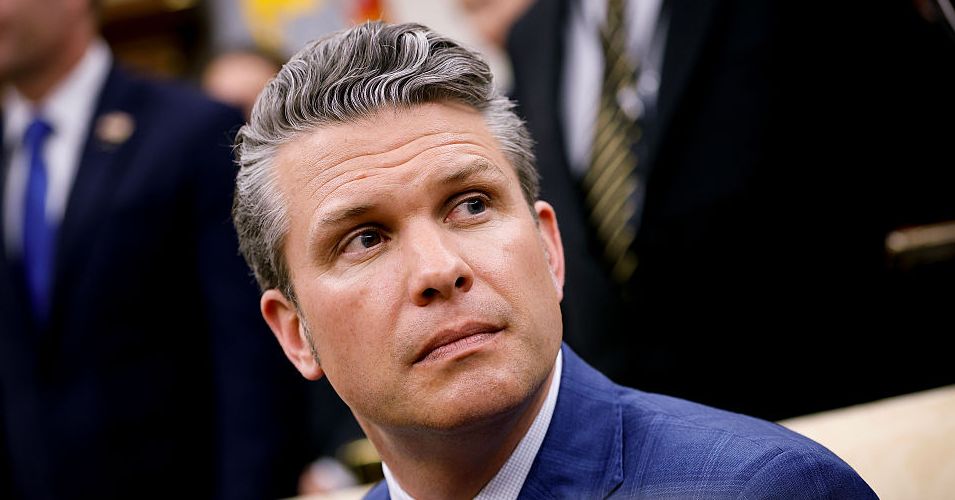The US Treasury Department was initially alone in providing the court a timeline of the messages that it was able to retrieve. Treasury Secretary Scott Bessent had received a preservation memo on March 26, his acting general counsel said, as well as advice regarding his fundamental duty to preserve records. Resultingly, “images were taken from the phones of Secretary Bessent and Mr. [Daniel] Katz,” Bessent’s chief of staff. The messages begin at 1:48 pm EST on March 15, 2025.
“The Atlantic article was about a chat that took place the 11th through the 15th,” Anthony says, “so pretty much everything was gone—from the only defendant who gave us clear and specific information about what they were able to save.”
The Department of Defense told the court last month that its attorneys were “in the process” of complying with the agency’s preservation rules and that Secretary Hegseth’s communications team had been asked to forward the Signal messages to an official DOD account. Pressed by the court for further details last week, the DOD said Monday that a search of Hegseth’s device had been conducted “on or about March 27,” adding that screenshots of the “existing Signal application messages” had been preserved.
American Oversight’s lawyers had urged the court to seek greater specificity, arguing on April 4 that “vague, incomplete assertions” in the government’s original declarations had only cast fresh doubts on its “purported efforts” to preserve the chats. In light of new reporting, the group argued, the government’s response seemed otherwise “grossly inadequate.” Politico had reported two days prior that as many as 20 private Signal chat groups had been started by Waltz’s team with a slew of cabinet officials.
“It seems very likely that the individuals who are defendants in our lawsuit are probably involved in some of those other chats, and we have this problem on a much wider basis,” Anthony says.
The Department of Justice, meanwhile, opposed the court’s involvement, arguing that its efforts on behalf of a watchdog group were legally confused and that the question of whether any laws were broken is in any case moot. Members of the public, it argued, have no “enforceable rights” when it comes to challenging the destruction of specific government records. A court order was unnecessary, the department said, because the government was already taking steps to do what is required. A “partial version of the chat” had already been committed to a federal record keeping system, it said, by “at least one agency.”
Among other new details, Monday’s disclosures provided a range of dates for the preservation efforts at multiple agencies, including the date that Hegseth’s phone was finally “searched.”
Screenshots of chats on Marco Rubio’s phone were likewise captured on March 27, the State Department said. The Office of the Director of National Intelligence said its screenshots were taken the following day, on March 28. The CIA said it took a screenshot of the chat on March 31; however, it also clarified one of its previous declarations to the court, revealing that the image shows mainly the name of the chat group and some of its members and settings but not any of its “substantive messages.”
American Oversight previewed a case to amend its initial complaint during a hearing last week, with plans to encourage the court to expand the scope of its review to include the now-reported widespread use of Signal by top officials across the national security state.
“This attack on government transparency threatens the very foundation of our democracy,” Chukwu says. “And we are committed to using every legal tool available to expose the truth and hold those responsible accountable.”
